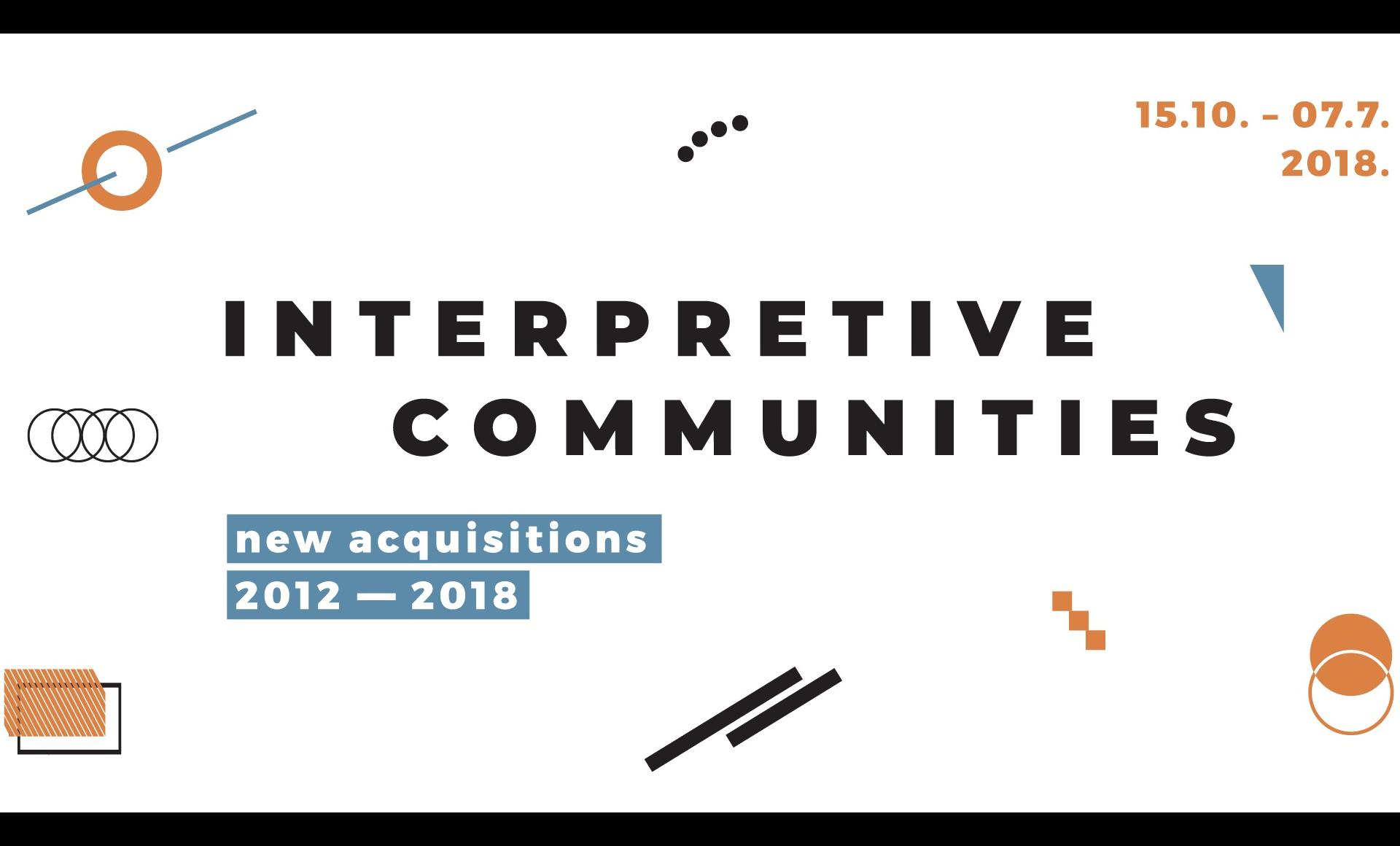INTERPRETIVE COMMUNITIES new acquisitions 2012–2018
–
INTERPRETIVE COMMUNITIES new acquisitions 2012–2018
Kassák Museum preserves the material and intellectual legacy of Lajos Kassák, a multi-faceted and prominent figure of the Hungarian avant-garde. The artworks, publications and documents that form the basis of the collection were donated by Mrs. Klára Kassák, née Kárpáti to the Petőfi Literary Museum in 1975, from where they were transported to the dedicated museum that opened on 26 November 1976 in Óbuda. In recent years, the focus of the museum’s academic and educational activity shifted from the oeuvre itself towards its social and historical embeddedness, which is reflected in the institution’s acquisition policy. In the past decades, documents related to the avant-garde have been systematically and programmatically preserved in mainly private collections, therefore we attach special importance to researching the sphere of people in the circles of Lajos Kassák as well as private collections related to avant-garde movements. As emphasis has shifted from examining the oeuvre’s aesthetic aspects to contextual analysis, so did the museum’s practice of collecting contemporary art change course. We have been focusing on seeking artworks that conceive of carrying on the tradition of avant-garde art with an approach that extends beyond the scope of aesthetics. As a result, we have begun acquiring artworks from socially engaged contemporary artists.
Our exhibition of new acquisitions focuses less on artworks and more on the interpreters of Kassák’s oeuvre. Borrowed from literary theory, the notion of “interpretive communities” is based on the premise that the meaning of literary works is not to be sought merely in the text itself, but the recipient can also play a constructive role in interpretation. Different interpretive communities treat the text by their own presumptions and expectations and not by arbitrary ideas and impressions. This theory can be applied to interpreting objects and collections in museums: the meaning of an object is defined not only by its history, position in the collection, professional and artistic context, but also by the individual interpreting it. In terms of Kassák’s oeuvre, three such communities can be distinguished, which actively express their relation to Lajos Kassák’s legacy. We can distinguish a professional community made up of art historians, literary historians and critics who research and regularly assess the oeuvre. We can speak of artists who revive Kassák’s intellectual and artistic legacy in their own creative work. Then there is a community of memory, the members of which have formed a personal relationhsip to Kassák and his oeuvre via familial and friendly ties.
Opening: 6 July 2018, 6 pm
The exhibition will be opened by Zsófia Frazon, etnographer.
The exhibition is on view between 7 July 2018 - 14 October 2018.The exhibition will be opened by Zsófia Frazon, etnographer.
Kassák Museum preserves the material and intellectual legacy of Lajos Kassák, a multi-faceted and prominent figure of the Hungarian avant-garde. The artworks, publications and documents that form the basis of the collection were donated by Mrs. Klára Kassák, née Kárpáti to the Petőfi Literary Museum in 1975, from where they were transported to the dedicated museum that opened on 26 November 1976 in Óbuda. In recent years, the focus of the museum’s academic and educational activity shifted from the oeuvre itself towards its social and historical embeddedness, which is reflected in the institution’s acquisition policy. In the past decades, documents related to the avant-garde have been systematically and programmatically preserved in mainly private collections, therefore we attach special importance to researching the sphere of people in the circles of Lajos Kassák as well as private collections related to avant-garde movements. As emphasis has shifted from examining the oeuvre’s aesthetic aspects to contextual analysis, so did the museum’s practice of collecting contemporary art change course. We have been focusing on seeking artworks that conceive of carrying on the tradition of avant-garde art with an approach that extends beyond the scope of aesthetics. As a result, we have begun acquiring artworks from socially engaged contemporary artists.
Our exhibition of new acquisitions focuses less on artworks and more on the interpreters of Kassák’s oeuvre. Borrowed from literary theory, the notion of “interpretive communities” is based on the premise that the meaning of literary works is not to be sought merely in the text itself, but the recipient can also play a constructive role in interpretation. Different interpretive communities treat the text by their own presumptions and expectations and not by arbitrary ideas and impressions. This theory can be applied to interpreting objects and collections in museums: the meaning of an object is defined not only by its history, position in the collection, professional and artistic context, but also by the individual interpreting it. In terms of Kassák’s oeuvre, three such communities can be distinguished, which actively express their relation to Lajos Kassák’s legacy. We can distinguish a professional community made up of art historians, literary historians and critics who research and regularly assess the oeuvre. We can speak of artists who revive Kassák’s intellectual and artistic legacy in their own creative work. Then there is a community of memory, the members of which have formed a personal relationhsip to Kassák and his oeuvre via familial and friendly ties.

